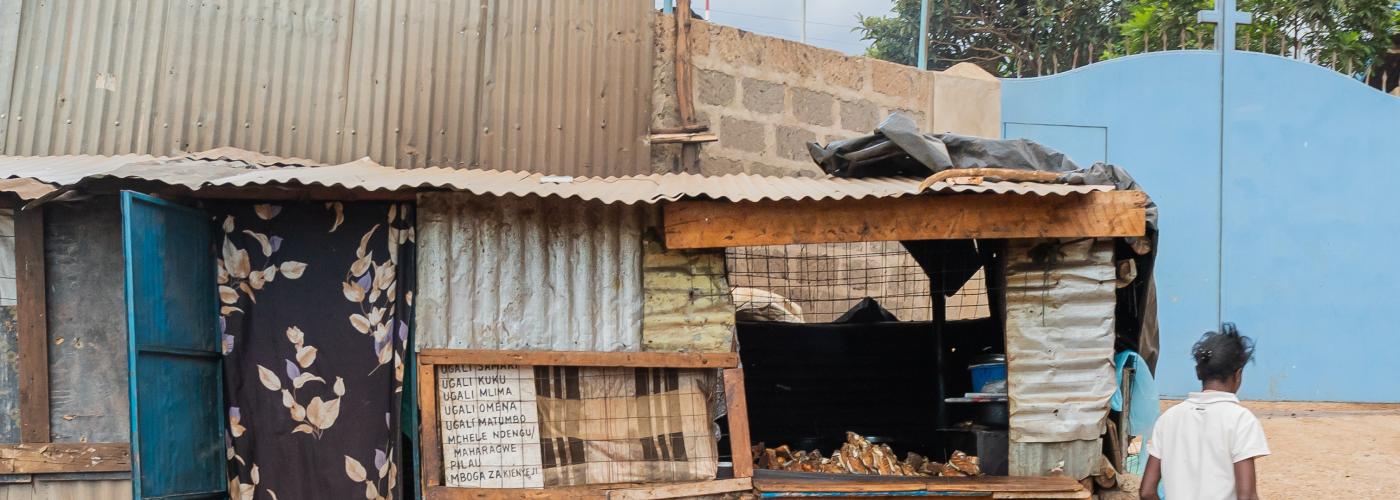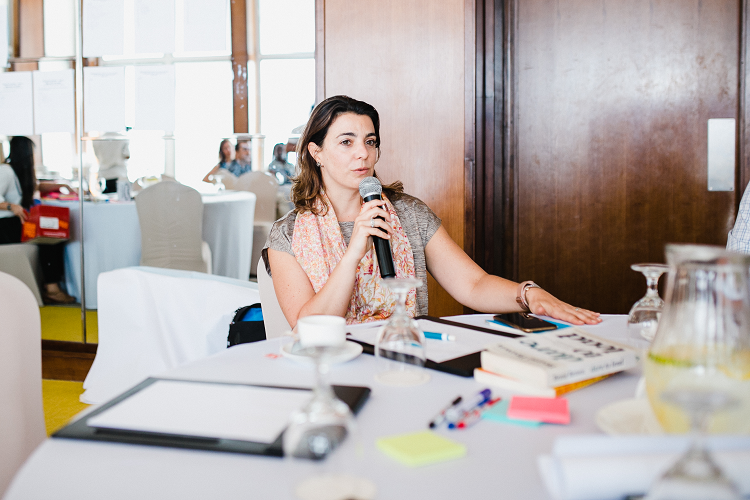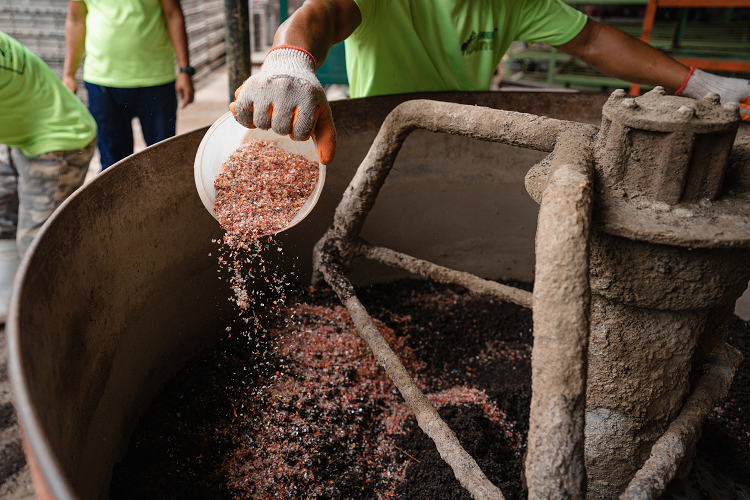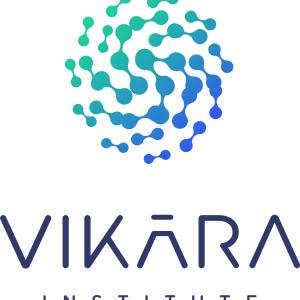The Beauty of Local Autonomy Within a Global Organization
Image

This post was written by Habitat for Humanity's Terwilliger Center for Innovation in Shelter and was originally published on the Vikāra Institute's website.
One of the most difficult challenges of applying a systems thinking approach is how to handle complexity that requires both context-specific change pathways and pathways that are informed by important and generalizable learning. The blog describes how TCIS has tried to tackle this challenge by creating a more dynamic organizational structure that embraces local learning while also investing in staff learning related to systems thinking principles and concepts. TCIS also provides examples of how local offices catalyze change via local attractors but also creates dynamic learning between HQ and local offices that help improve which investments are likely to be most catalytic.
By design, when an organization is comprised of teams spanning varied geographies, diverse strategies arise. Local contexts and market needs will differ, and strategies will vary accordingly. One factor in the success of the Terwilliger Center’s programs has been to incubate locally, while still aligning with the wider organization’s strategy and methodologies. If done successfully, ideas can flow in both directions – from the program staff interfacing with partners to the center’s executive team, and vice versa.
At Habitat for Humanity’s Terwilliger Center for Innovation in Shelter, most initiatives are developed and piloted through five nationally based Shelter Venture Labs in emerging markets. As mentioned in the previous blog post of this series, the Labs are designed to engage market actors in their respective countries' housing ecosystems. This is in line with the center's mandate of promoting more inclusive housing markets that benefit low-income communities. These agile, expert hubs are best placed to discern the gaps in their local and national housing markets and to identify the appropriate market actors to engage in testing solutions.
Although the Labs’ primary focus is on local solutions, the Center's approach relies on using data and insights gained from testing these solutions to develop models that can be applied on a larger scale. The goal is to create impactful initiatives that can effectively address issues in the housing market. Finding the right leadership and staff is always critical to a successful program, but never more so than with the Lab teams who bear the weight of navigating and balancing local needs and global strategy effectively.
Building out the right teams for each market took patience and a fresh approach to setting each positions’ qualifications. Instead of searching for specific experts in market systems development, we looked for leaders in the housing and development sectors who exhibited a high degree of curiosity and a beginner’s mindset. While these skills are “intangibles” and hard to teach, housing market systems expertise can be acquired over time.
The prioritization of such skills enabled the Terwilliger Center to approach the housing challenges in emerging markets with fresh eyes and develop innovative approaches – without the constraints of program norms developed for unrelated issues. When the Terwilliger Center launched in 2016, market systems development was a relatively new concept for the housing sector. Long-time practitioners in agriculture and other sectors often had difficulties adjusting to the housing ecosystem because they were unaccustomed to its uniquely varied actors and highly interconnected systems.
As Lab leads came on board, they were responsible for building their own country teams with the skills and focus areas that their respective housing markets required. Additionally, all of the Lab leads and most team members have attended the Springfield Centre’s foundational market systems development training, “Making Markets Work”. This training and others have provided an important, common technical foundation for staff who came to the Terwilliger Center without backgrounds in market systems development.
Today, there are Labs in India, Kenya, Mexico, the Philippines, and Peru, all of which report into the Terwilliger Center's Sr. Director of Regional Programs. "Having one Sr. Director to whom all Labs report has been crucial in creating a sense of unity and shared objectives among the team, despite their distinct circumstances," reflected Peru Lab lead Gema Stratico. "And, equally important, has been working with a senior leader who models flexibility and permission to innovate within a still largely flat team structure."
A flat leadership structure is similarly embodied at the country level. Each country Lab is comprised of a lean, close-knit team of 6-10 staff with various technical and sector backgrounds. Projects are led by whoever has the most applicable expertise on the team, rather than through deference to seniority.
The Lab leads often describe their roles as akin to coaches – clearing obstacles for their teams to allow them to push the boundaries on new ideas and experiments for greater impact. Perhaps not coincidentally, serving as a strong coach is one of five foundational roles identified by USAID as key to being a strong market facilitator. The center’s Lab leads are comfortable with complexity and ambiguity, and they aim to foster a supportive culture, where staff are not afraid of failure, which is – after all – implicit in the innovation and process.

Learning and iteration are foundational of this approach. The Labs conduct research and engage actors across the housing value chain to learn what’s working and what gaps exist, keeping a beginner’s mindset as they worked to assess all the information.
At the macro level, the center's global programs team applies local learning to all teams worldwide, creating connections and strengthening evidence in areas of work shared by the five Labs. This includes integrating circular economy solutions into the housing ecosystem. Today, in each of the Labs, dozens of local initiatives are being tested and partnerships forged.
To help low-income households in Mexico build more structurally sound homes, the Lab amplified the work of architecture firm Consultorio Arquitectonico para Vivienda, which progressively prices housing design services to be affordable for low-income families. In the Philippines, the Lab is partnering with Green Antz – a social enterprise that recycles and reuses plastic waste in construction materials – to help it increase the accessibility of its products to the low-income market. Meanwhile in Peru, to improve low-income households’ access to housing market product choices, the Lab helped launch La Mezcladora as the country’s (and Latin American region’s) first construction and real estate innovation hub. This was done via the Peru Lab’s collaboration with Universidad de Ingeniería y Tecnología (UTEC), a university with an in-house early-stage accelerator (UTEC Ventures), which served as the host and financial backer for La Mezcladora.

These are just a few of the many examples of initiatives that emerged as opportunities to drive change for local challenges identified through an on-the-ground understanding of each market’s housing needs. Their differences illustrate the beauty of local autonomy within a global organization. And taken as a whole, all of the Labs’ interventions can work together in concert for a greater impact, as work in one Lab can be applied in other regions. In this way, the Labs work with each other and alongside the Terwilliger Center’s global teams to achieve our goal of learning at a global scale to influence more inclusive housing markets.


